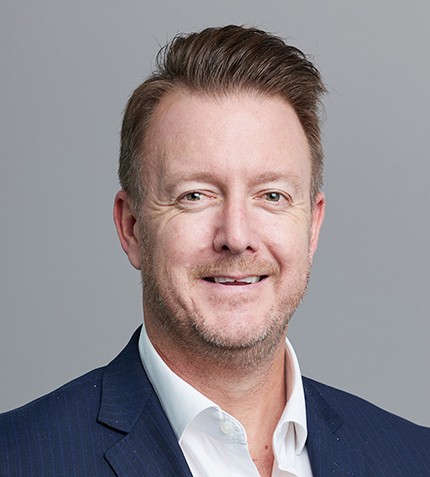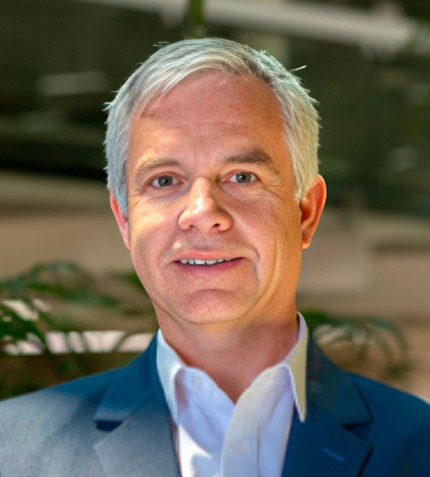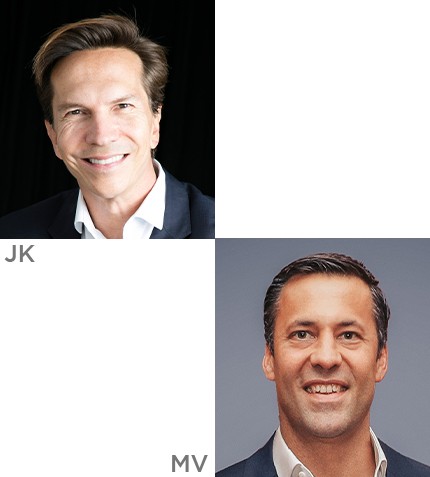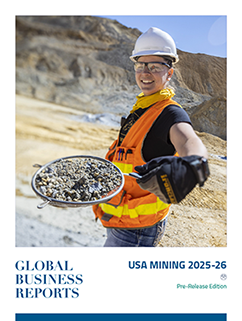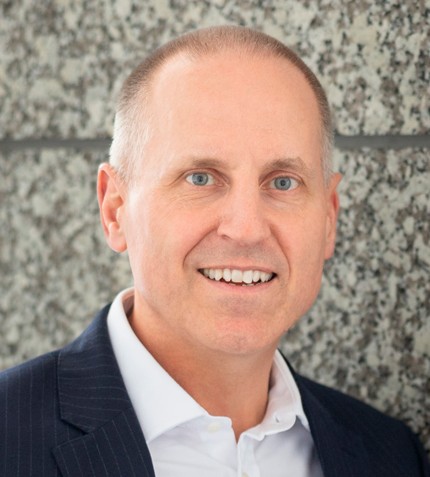
"Our strategy is focused on tier-one jurisdictions like Australia and Canada, and I think both these jurisdictions can learn from each other."
Lawrie Conway
MANAGING DIRECTOR AND CEO, EVOLUTION MINING
What are the recent updates and milestones at Evolution Mining?
The financial year ending June 2023 has been a transitional year for Evolution Mining (Evolution). We commissioned two new underground mines, Upper Campbell at our Red Lake Operations in Ontario, and one at our Cowal operation in New South Wales. We also commenced a feasibility study focused on transforming our Mt Rawdon open pit in Queensland into a pumped hydro power station at the end of the mine’s life.
What was the strategy behind the recent JV with Northern Superior Resources?
The acquisition of Red Lake facilitated our entry into Canada, but we always knew that we would embark on new projects in the country. We look to have up to eight assets in tier-one jurisdictions. We saw an opportunity and signed an earn-in JV agreement for Northern Superior Resources’ October Gold property in Ontario. This property resembles the Kalgoorlie region in Australia in that it is untapped and still has a lot of potential. Over the next few years, we will manage a drilling program at October Gold to earn into this JV. We will fund an aggressive drill program to quickly work out whether this asset will be a fit for our portfolio in the long term.
What obstacles do you face in bringing Red Lake up to a 1.1 million t/y run-rate?
It is a question of increasing the mining rate, as we already have two processing plants that can operate at 1.1 million t/y. We will ramp up the mining rate over the next year and over the next three to five years we will start to see more ore sourced from the higher grade Upper Campbell mining center, which will underpin production at Red Lake to 1.1 million t/y and deliver a profitable operation.
What are the main challenges currently facing producers in Ontario?
For juniors, accessing the markets has been harder. From our perspective, we have a private rating on our credit which was renewed this year as an investment grade rating. This provided us with the opportunity to access the capital markets, and in June we took money out of the US private placement market, giving us a very low cost of debt.
What is Evolution Mining’s approach to ESG?
Our public commitment is to have a 30% reduction in GHG emissions by 2030. From our efforts in FY2023, we have achieved an over 11% net reduction in emissions compared to 2020 levels, so we are well on our way to achieving our 2030 goal. In Ontario, there is hydropower at Red Lake, so our emissions there are significantly lower than our Australian open-pit operations.
What can Canada and Australia learn from each other as mining jurisdictions?
Our strategy is focused on tier-one jurisdictions like Australia and Canada, and I think both these jurisdictions can learn from each other. Ontario is blessed to have a mining minister who has worked in the industry and wants to be involved as much as possible. The Minister’s Mining Industry Council is a great initiative that brings companies and the government together to tackle issues and find ways to streamline processes.
Australia is very good at bulk mining and achieving high productivity levels. These are things we are trying to embed into our Red Lake operations. It is much easier to make money when your mine has 30-50+ g/t Au (previously at Red Lake), where you can go underground and easily see the gold. When you drop down to 5-7 g/t, as we are, productivity becomes much more important. We are trying to bring the expertise we gained from our Australian mines to our operations at Red Lake.
What are Evolution’s plans going into 2024?
We are fortunate that all five of our operating assets have large organic growth opportunities. The next two to three years will be about executing these opportunities. We have a great pipeline of expansions, mine life extensions and projects.
We are also looking at adding more assets to our portfolio, at the right time and at the right price, to bring more value to our shareholders. The gold industry is in great shape and has a great future ahead; we must continue to manage it well and balance our social responsibilities.




